
In today’s consumer-driven society, splurging on certain items has become a norm, often without a second thought about their actual value or necessity. While some expensive purchases might offer quality or status, others are ridiculously overpriced, tapping into our desires more than our needs. Here are nine overpriced items that we often spend too much on, without truly questioning their worth.
1. Designer Clothing and Accessories

Designer clothing and accessories often come with a hefty price tag, primarily for the brand name they carry. While quality can be a factor, many times you’re paying for the label rather than the product.
This can lead to spending hundreds, if not thousands, of dollars more than necessary on items like handbags, shoes, and clothing. The fashion industry has mastered the art of branding, convincing consumers that high cost equates to high fashion. Unfortunately, these items often don’t hold their value and go out of style quickly.
2. High-End Smartphones
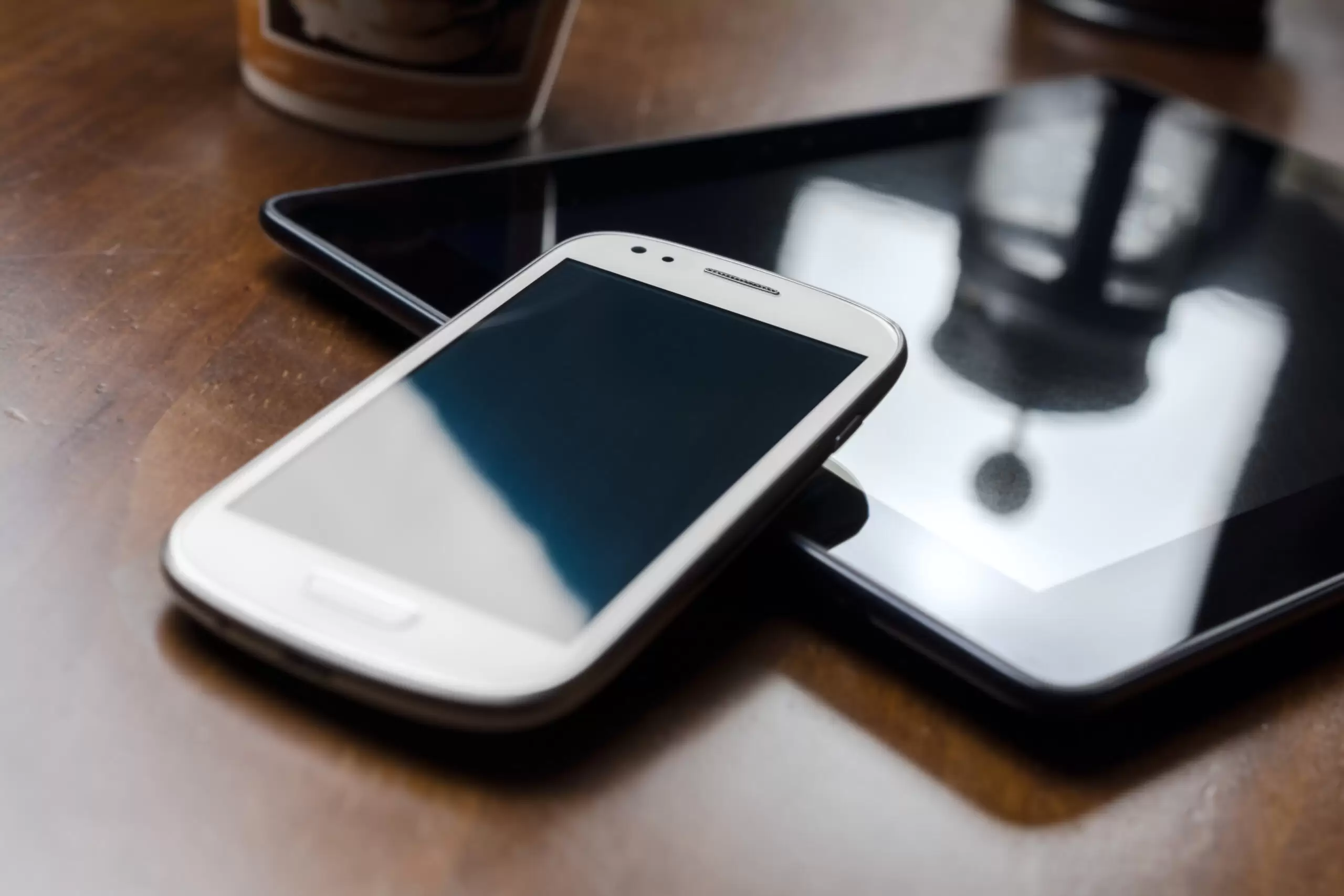
Every year, smartphone manufacturers release new models with marginally better features, yet significantly higher prices. Many consumers upgrade their perfectly functional phones for these latest models, paying a premium.
The differences between the new and old models are often minimal, especially in terms of practical, everyday use. This constant cycle of upgrading to the latest tech novelty creates a never-ending expenditure. Ironically, these devices often lose their value quickly, becoming outdated within a year or two.
3. Bottled Water
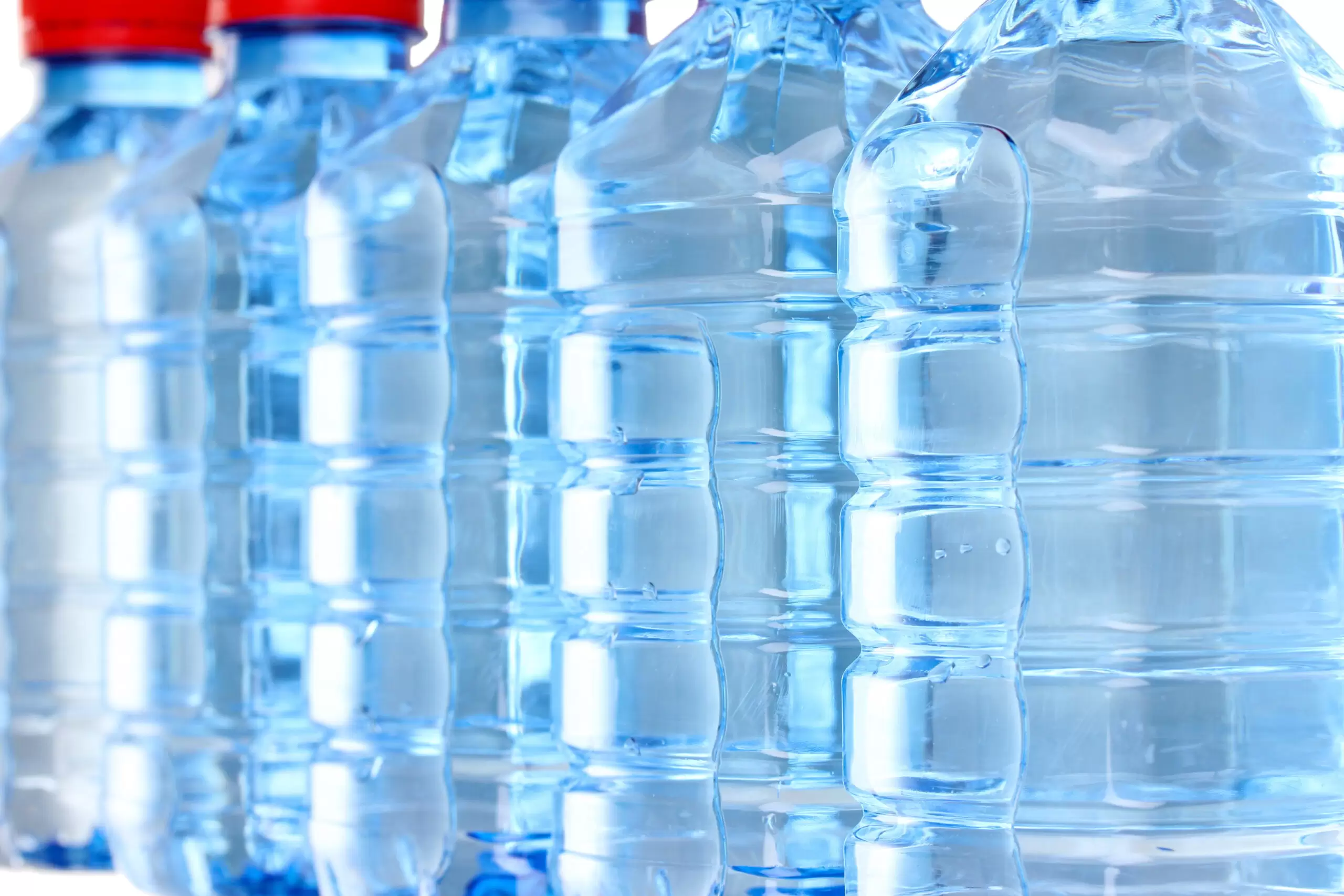
Bottled water is often hundreds of times more expensive than tap water, yet in many areas, tap water is just as safe and clean. The convenience and perceived quality of bottled water drive its sales, despite the environmental impact of plastic waste.
Many brands of bottled water are simply filtered tap water, yet they command a high price. Consumers are essentially paying for packaging and branding. The cumulative cost over time for regularly buying bottled water can be staggering.
4. Gourmet Coffee
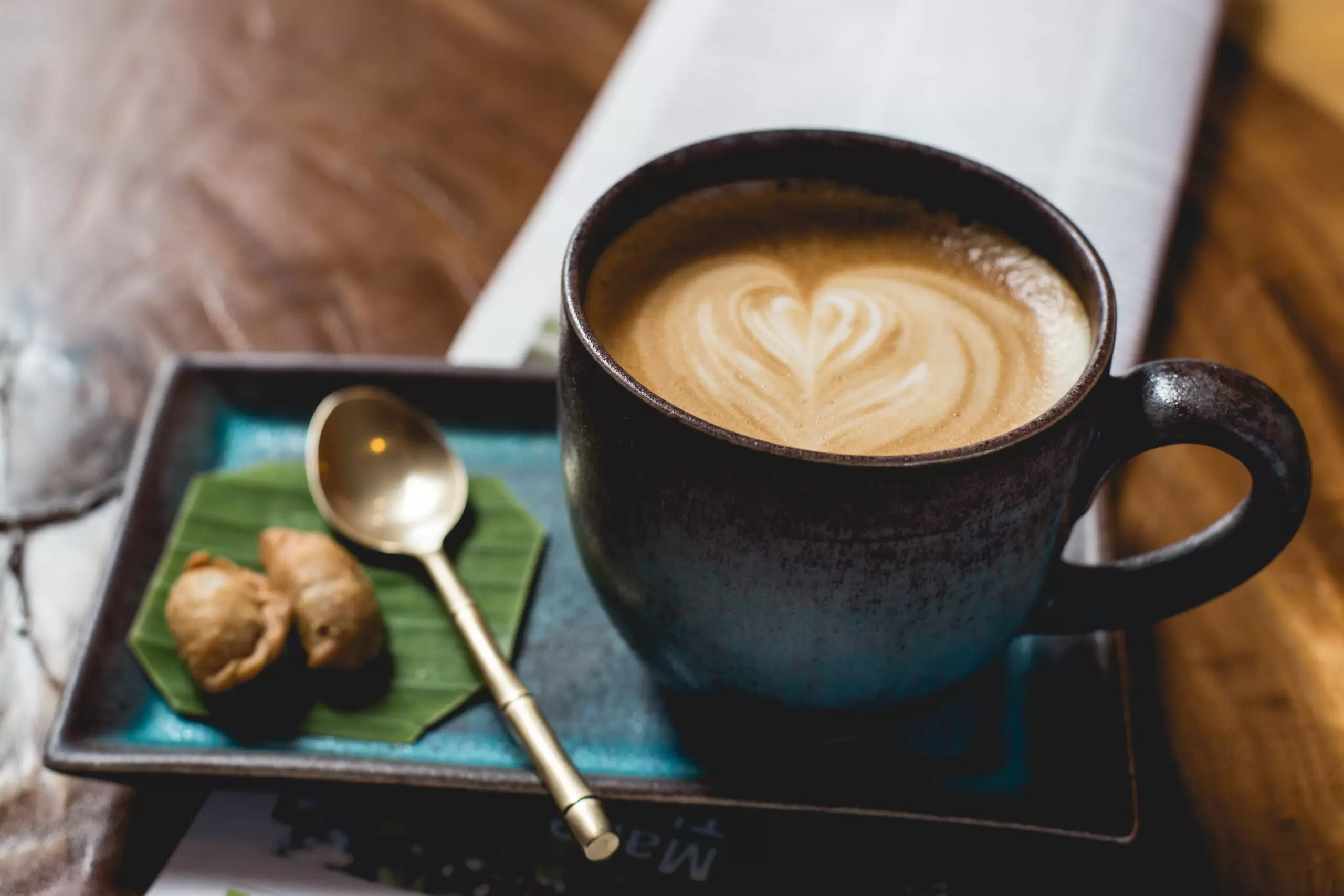
The daily habit of purchasing gourmet coffee from high-end coffee shops can add up quickly. While these drinks may offer a superior taste, they are often marked up significantly compared to making coffee at home.
The ambiance and brand experience of fancy coffee shops add to the allure and justify the high prices for many. However, the actual cost of the ingredients is a fraction of the selling price. Over time, this daily splurge becomes a substantial financial commitment.
5. Luxury Cars
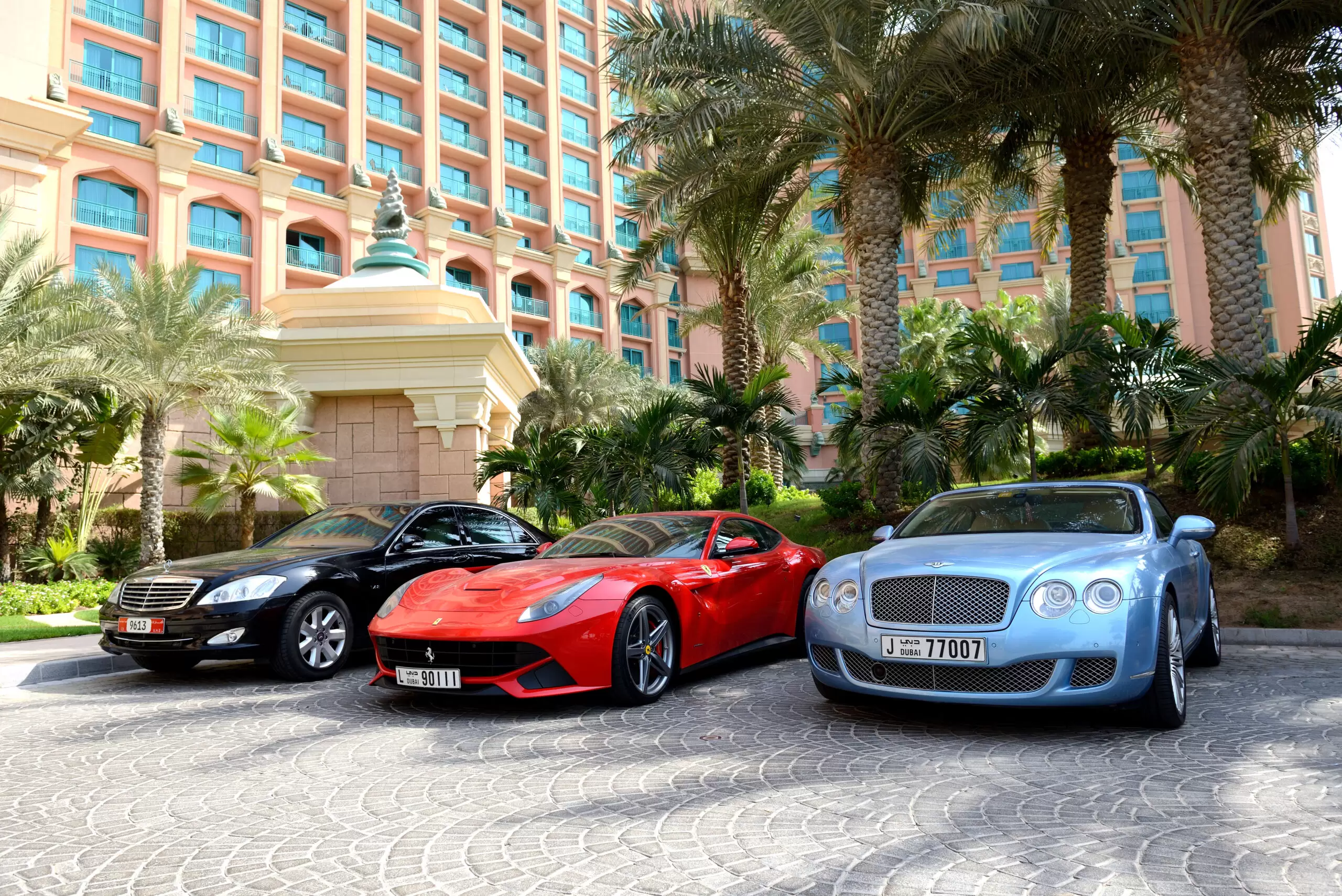
Luxury cars are another area where branding significantly inflates the price. While they may offer superior comfort and performance, the price jump from a standard to a luxury car can be disproportionate to the actual enhancements.
The depreciation of luxury cars is also much steeper compared to more economical models. Owning a luxury car often comes with higher costs for maintenance, insurance, and parts. The status symbol associated with luxury cars drives their demand, despite their impracticality for many buyers.
6. Premium Cable Packages

In the age of streaming services, premium cable packages have become increasingly redundant, yet they remain expensive. Many consumers pay for a plethora of channels they never watch.
The convenience of having a wide range of channels is often overshadowed by the availability of cheaper, more personalized streaming options. These packages prey on the fear of missing out, even though most content is available through more cost-effective means. The result is a significant monthly expense for a service that is often underutilized.
7. Trendy Fitness Classes

Trendy fitness classes and boutique gyms charge a premium for specialized workouts. While they offer unique experiences and community vibes, the cost per class can be exorbitant.
Many of these classes can be replicated at home or in a more affordable gym setting. The social aspect and brand prestige associated with these classes drive their popularity. However, the long-term cost of maintaining a membership or frequent attendance can be a financial burden.
8. Organic Groceries
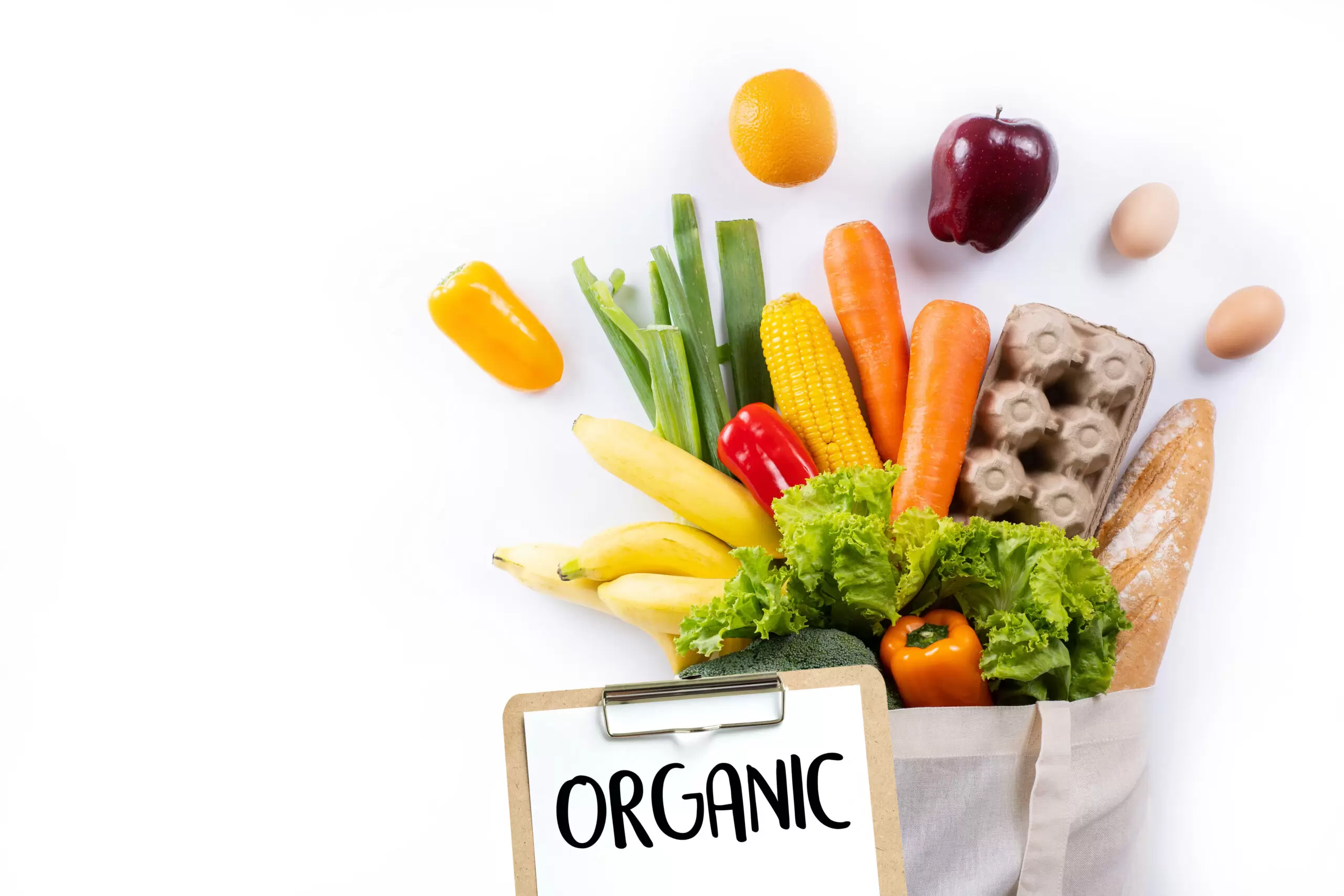
Organic groceries are typically priced much higher than their non-organic counterparts. While they offer benefits like fewer pesticides and GMOs, the price difference is often not proportional to these benefits.
The organic label has become a marketing tool that can unjustifiably hike up prices. Many consumers buy organic not out of necessity, but due to the perceived health and environmental benefits. It’s important to weigh the actual advantages against the significant price increase.
9. High-End Cosmetics
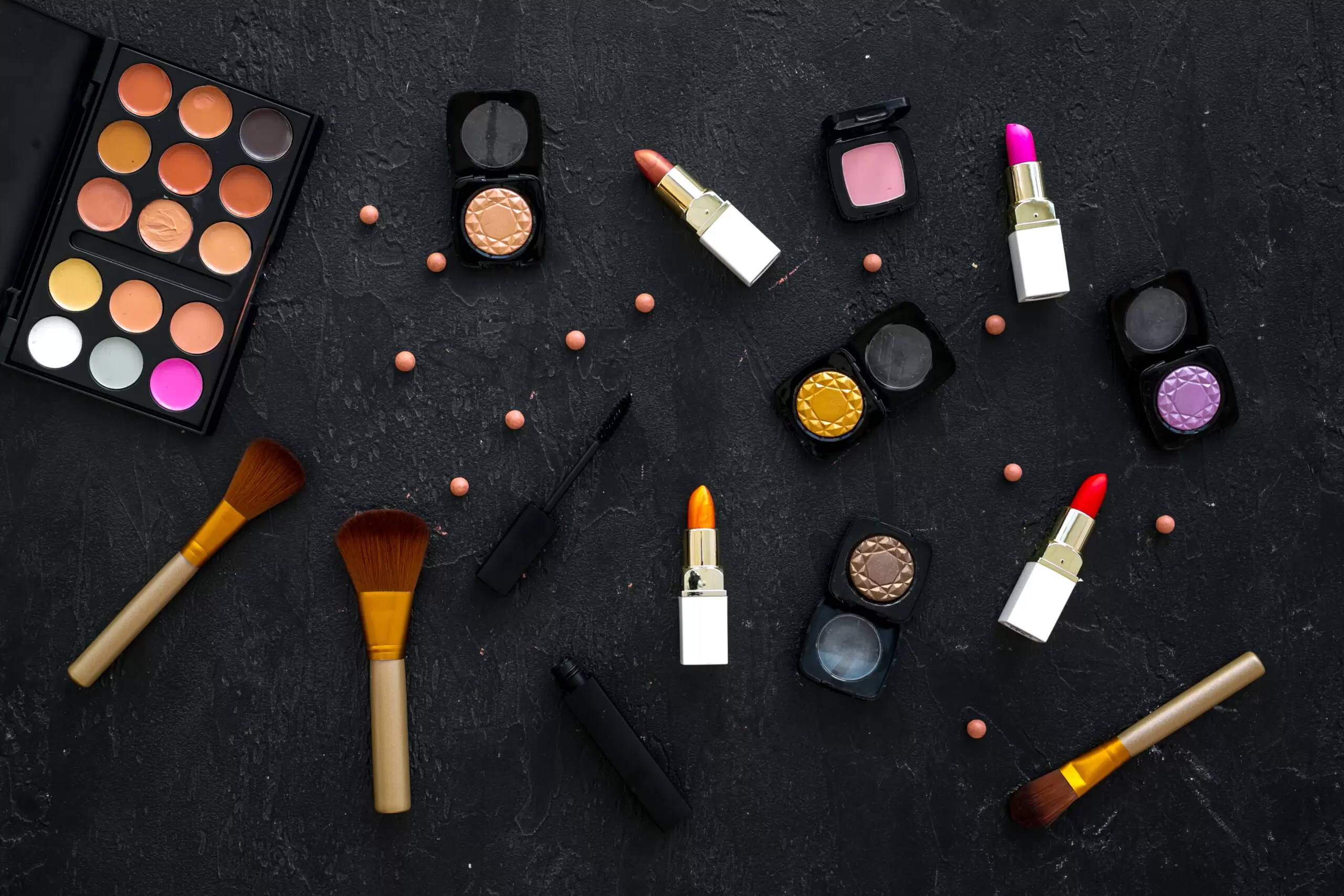
High-end cosmetics often come with a luxury price tag, but the difference in quality compared to mid-range or drugstore brands can be minimal. Branding and packaging play a huge role in the pricing of these products.
The beauty industry capitalizes on trends and the allure of luxury, driving up prices. Many consumers pay for the experience and prestige of high-end brands rather than the product itself. In reality, there are numerous affordable alternatives that offer similar results.
Overpriced Items: Where Our Money Is Going
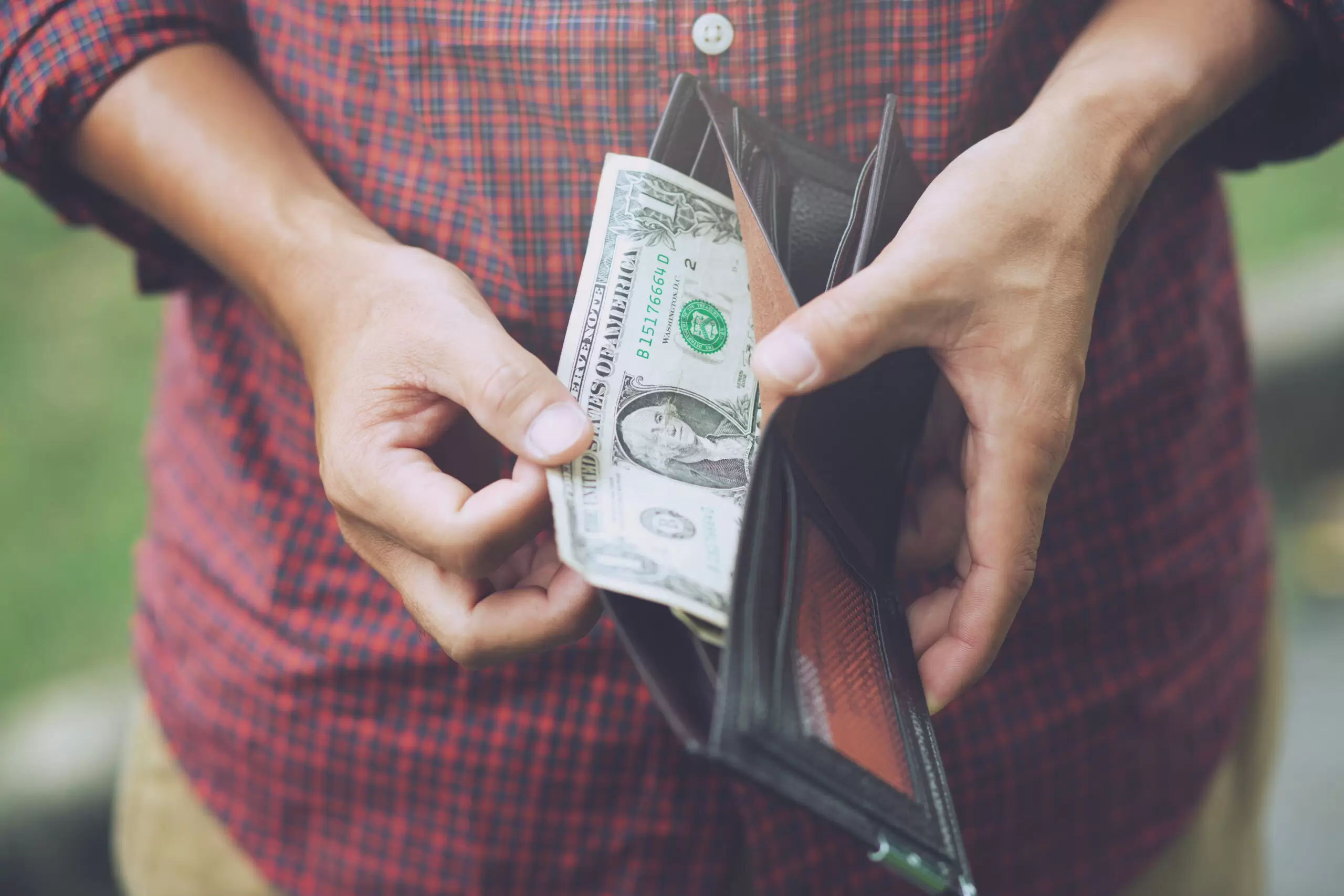
It’s essential to be aware of where our money is going and whether we’re truly getting our money’s worth. While indulging in luxury items is not inherently bad, understanding the real value behind what we’re purchasing can help in making more informed and financially responsible decisions.
12 Misconceptions We Should All Be Aware of About Racism
How To Become Rich Overnight: Realistic Ways To Make It Happen

Latrice is a dedicated professional with a rich background in social work, complemented by an Associate Degree in the field. Her journey has been uniquely shaped by the rewarding experience of being a stay-at-home mom to her two children, aged 13 and 5. This role has not only been a testament to her commitment to family but has also provided her with invaluable life lessons and insights.
As a mother, Latrice has embraced the opportunity to educate her children on essential life skills, with a special focus on financial literacy, the nuances of life, and the importance of inner peace.

